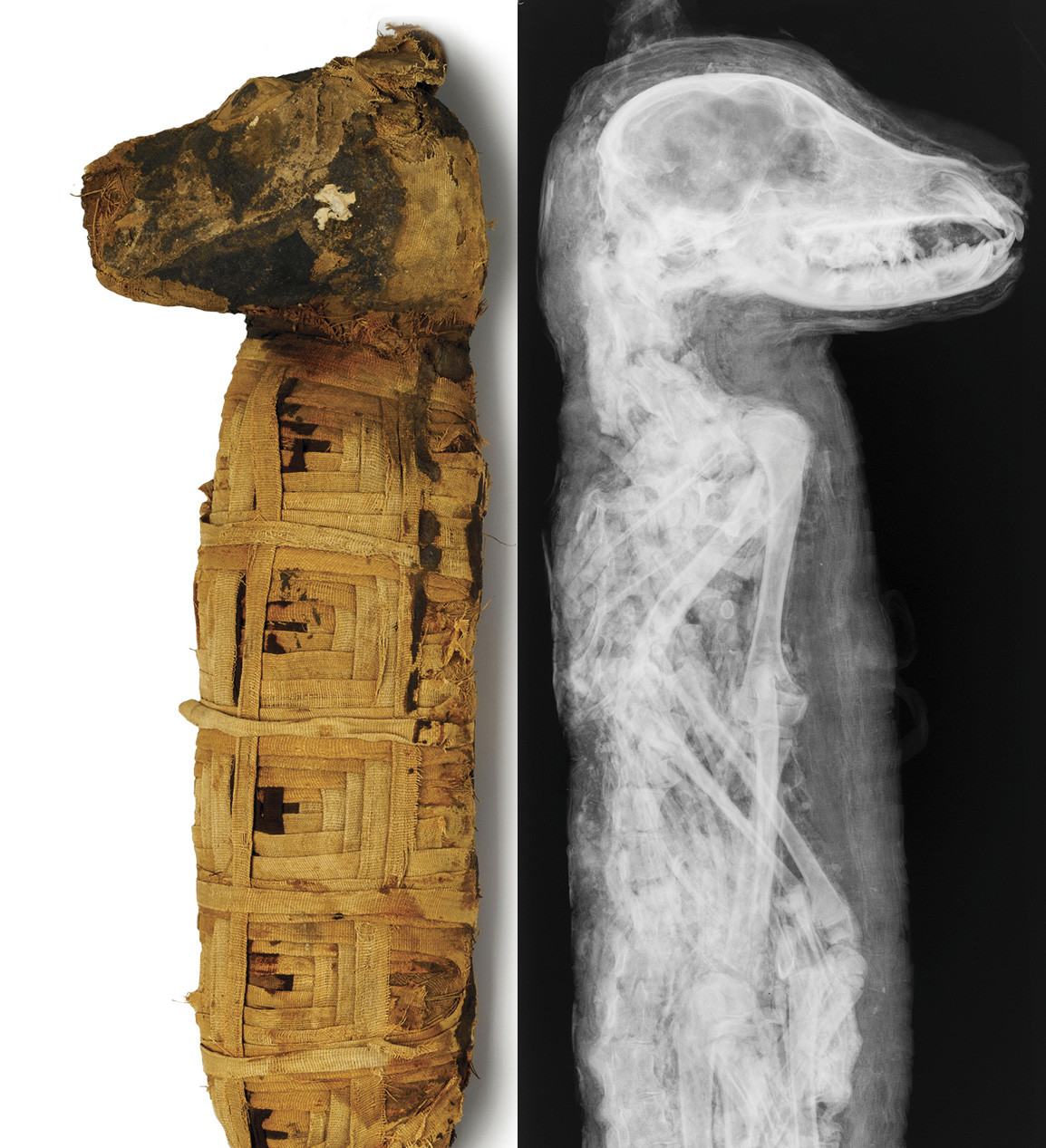The Animal Mummy Business
Posted on Categories Discover Magazine

Animals also played an important role in Egyptian iconography. Gods were frequently portrayed as animal-human hybrids. For instance, the god of writing, Thoth, was sometimes shown with the body of a man and head of an ibis. The origin of this practice remains as elusive as the rise of those animal cults. But Barbash suspects it may relate to the relative ease of life in the lush Nile Valley, where people had the time to observe animal behavior and associate divine attributes with the traits of bulls and ibises.
Yet all these activities seem humdrum compared with what happened during the Third Intermediate Period, from approximately 1075 to 656 B.C. With startling suddenness, mummification went mainstream. Tens of millions of embalmed animals were deposited in at least 31 cemeteries throughout Egypt. One cat repository, found by farmers in 1888, was reported to have “a stratum thicker than most coal seams, 10 to 20 cats deep.”
Struggling to explain the phenomenon, some scholars have described the mummies as votive offerings, akin to candles in Catholic churches. At the Brooklyn Museum, a more beguiling explanation is emerging.
“The Egyptians believed that animals had souls,” asserts Edward Bleiberg, the museum’s head curator of Egyptology. Like the soul of a human, the animal’s soul (or ba) was capable of posthumous travel and communication. And the relationship of the animal to a particular deity allowed its soul to address the god directly — as long as its body was properly mummified. Bleiberg gleaned this information from ancient texts.